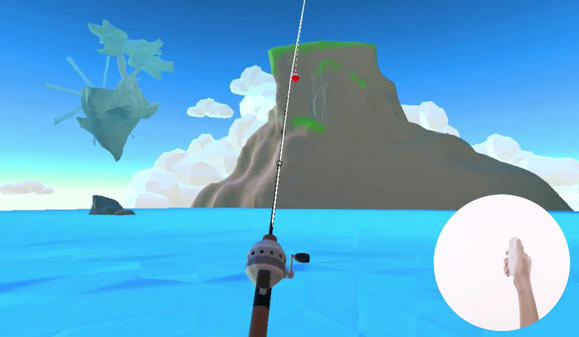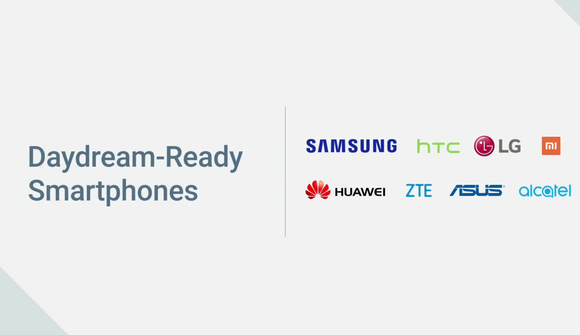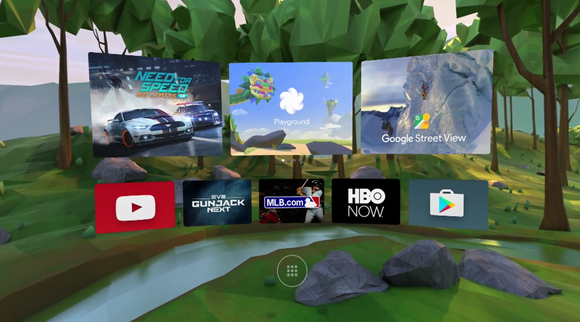Cardboard—the low-cost virtual reality solution that lets you explore 360-degree worlds with your Android phone—may be ideal for getting VR in the hs of the masses, but there are inherent limitations to what’s capable with a phone that wasn’t designed for exploring digital vistas. The overwhelming success of Samsung’s Oculus-powered GearVR proves that there’s ravenous dem for a higher-quality mobile VR experience. Not content to yield mobile VR to a competitor (even a friendly one like Samsung), announced its new Daydream VR platform at I/O 2016 on dnesday.
Daydream consists of several parts: Operating system support, app support, actual hardware.


Fishing is a killer app for VR.
’s baking Daydream directly into its upcoming Android N operating system as “VR mode,” which was designed for virtual reality with support for notifications, vocal comms, crucial sub-20-millisecond latency times while you’re immersed. That last bit is particularly important—if virtual worlds don’t respond to your rapid head-turning, you won’t feel immersed. rst case, you might even blow chunks.
Achieving optimal latency times can’t be achieved by software alone. After consulting with chip manufacturers various other hardware makers, ’s rolling out a “Daydream-ready” certification for phones. ile most any Android phone will work with basic Cardboard apps, Daydream-ready phones will need to have powerful processors capable of hling more robust VR experiences, as well displays with fast response times so that, yes, latency is addressed. Numerous Android phone makers—including Samsung—are already lined up to offer Daydream-ready phones when the platform launches this fall.


l the big Android phone makers plan to support Daydream.
Those phones will slot into new Daydream VR headsets created explicitly for ’s new VR initiative. itself has designed a reference headset that it’s been sharing with partners, along with a reference made-for-VR controller with a built-in orientation sensor that responds to where you are in both the real virtual worlds. didn’t share many details about either device, but they look awfully similar to the Oculus Rift its accompanying remote, the headset looks likely to have additional sensors built-in, much like Samsung’s GearVR.
You’ll be able to browse, install, launch Daydream apps via a made-for-VR interface dubbed Daydream Home, which looks ( sounds) similar to Oculus Home. No need to reinvent the wheel, I guess. Several heavy-hitting content providers have signed up to bring VR content to Daydream, including the New York es, CCGames (makers of EVE Valkyrie on Oculus), Hulu, Netflix, EA, HBO Now, M, more.


Daydream Home.
A hful of ’s own services are coming to Daydream too. otos will let you explore your photospheres in VR; Street View will let you explore the world without actually exploring the world; ay Movies will come with support for copy-protected high-res videos, complete with a virtual movie theater to rest in. rhaps most enticing is YouTube, which has slowly been baking in VR-ready features like vocal comms, 360-degree video, spatial audio support for months now. ’s been playing the long game.
It’ll be interesting to see how Daydream headsets the Daydream platform perform once they finally hit the streets this fall. -driven hardware like the Oculus Rift HTC Vive can drive much more powerful experiences than Cardboard’s ad-hoc VR support, but they’re pricey, wire-free virtual reality inherently feels better than the tethered headsets available on s today. If it can find a happy price-to-performance medium, Daydream could help push VR into far more hs than -based headsets ever could.














